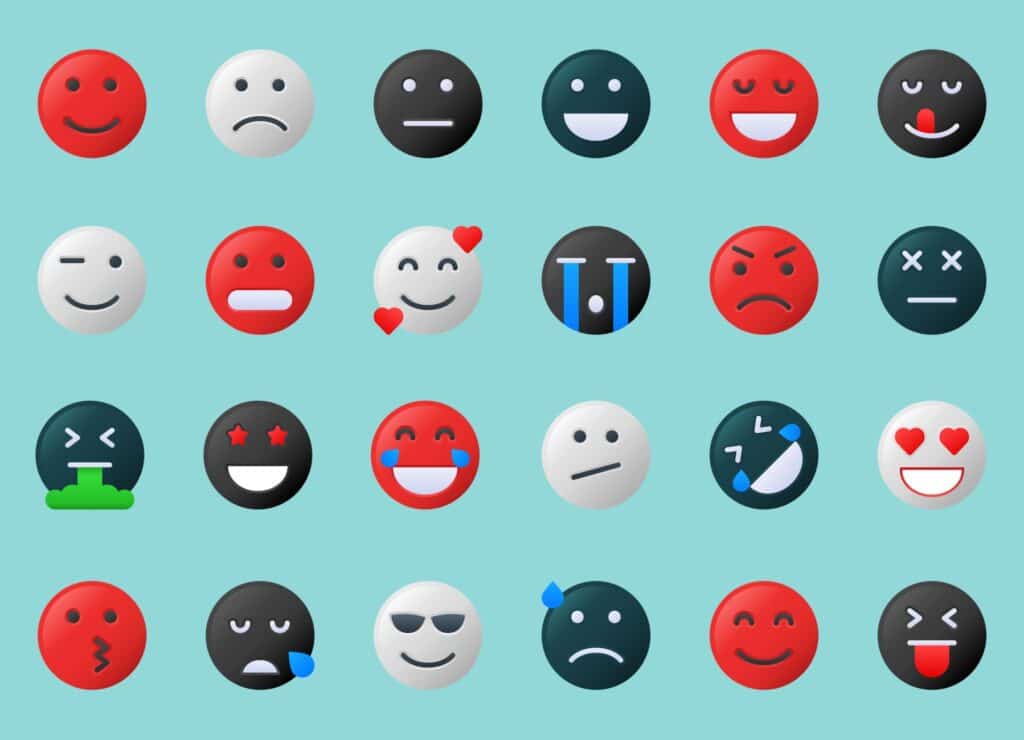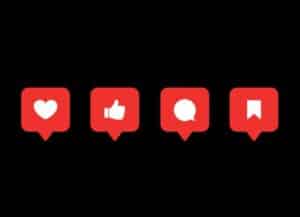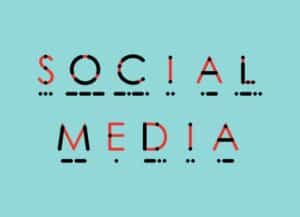In the 1990s, emojis were designed by a Japanese marketing agency with the intention of replacing words with pictures to enhance emotions and messages. Inspired by emoticons, these pictures draw attention to particular feelings and emotions while also enhancing the overall message. Boasting a library of over 25,000 characters worldwide, emojis are a permanent part of smartphone keyboards. Whether you are an active emoji user or simply like to scroll through the emoji library for fun, these tiny images continue to gain mainstream popularity and simplify our ways of communicating online.
Let’s talk about when, how, and why you should use emojis across your digital marketing channels.
When to use emojis
Emojis have a wide range of use in the world of marketing. You can incorporate them in your newsletter content, Instagram bio, tweets, Pinterest captions, YouTube video titles, Facebook DMs, and so on. As long as your electronic device is compatible with the emoji software, the emoji world is yours. Of course, there are a few best practices when it comes to the technical use of emojis.
1. Use ethically neutral emojis. Your brand should not represent one ethnicity group more than another. Therefore, when using body parts and people emojis on behalf of your brand, it is always safe to stick with the non-skin tone modified emojis.
2. Place them at the beginning or end of your sentence. Before you start a sentence, drop an emoji. Or after you have ended your sentence with your punctuation of choice, you can drop your emoji at the end. (Example: At FUEL, we love our clients. ❤️; OR ❤️ We love our clients at FUEL.)
3. Since screen readers and VoiceOver tools cannot accurately describe an emoji, it is best not to use emojis in place of words. Instead, continue to leave them at the end of your text. Doing so will allow all of your content to be accessible to and enjoyed by all consumer.
How to use emojis
Now that you know a little more about emojis, how do you use them? You can easily access emojis from your iPhone or Android keyboard for easy access. Want to use emojis on your desktop? There are quick keyboard shortcuts for you to access the emoji library on either your Mac (Control+Command+Spacebar) or Windows (Windows logo key + Period) computer, making it easier to use emojis on every device that you own.
Why you should use emojis
Increase Engagement
Did you know that using emojis can increase your social media reach and engagement? Digital marketer Larry Kim conducted a social media experiment where he promoted social posts with and without emojis to the same audience. He found that the posts containing emoji characters had 24.5% more engagement than the posts without emojis.
Clarify Intentions
Unfortunately, our words can sometimes be misinterpreted online. It can be challenging to read a social media post and infer the brand’s tone or attitude. Thankfully, emojis allow us to add images that can visually describe our mood and tone of voice. Just think of the saying, “A picture is worth a thousand words.” Same goes for emojis.
Convey Emotions
There is only so much that words can communicate–but not with emojis. Emojis put emotions into pictures, bringing them to life. When you are writing for your brand online, it may be awkward or inappropriate to explain feelings or emotions. This is where emojis can help. Emojis communicate your brand’s feelings without the use of words, while also showing your audience how they should feel and deepening the emotional connection with your brand.
Before you use emojis
Before you incorporate emojis into your brand’s voice and social media guidelines, there are a few things to consider.
- What is the meaning of the emoji?
Is the emoji offensive to any particular groups? Are there perceived meanings of the emoji? What do the creators of the emoji define it as? Emojis evolve over time. Whether it is because the Unicode Consortium (those who define emojis) changes the official meaning/definition or because the perceived meaning has taken a new form. For example, the ???? for some may symbolize folding hands while for others it means to pray or express gratitude. Before using emojis, it is important that you check Emojipedia for the exact meaning, as well as your peers for how a specific emoji might be perceived. You would hate to communicate the wrong message or offend your audience because of an emoji misinterpretation. - Will my audience understand the emoji?
Next, ask yourself, “Who is my target audience and do they use emojis?” If your audience does not regularly use emojis, then do not force the use of emojis across your digital platforms and communication. On the flip side, if your audience includes avid emoji users, then emojis will make your brand more personal and relatable for them. - How will the emoji strengthen my brand?
Emojis are a great way to show your brand’s personality and motivations. Using them strategically can build a fun emotional connection with your audience, convey playfulness, and establish a sense of warmth. Does this sound like your brand personality or align with your tone and voice? If not, don’t worry. Emoji use is not necessarily beneficial for all brands, especially those who focus more on competence and have a more serious, solemn tone of voice.
Whether your brand has incorporated emojis as a part of its tone and brand guidelines or not, there is a lot to understand about these fun characters. They are more than playful characters to text your friends and family. They are also a unique language that can enhance your brand’s message and personality when used strategically. Leaning on emojis to communicate emotions on behalf of your brand can evoke a sense of connection between your audience and your brand.
So, do you believe in the power of emojis?








